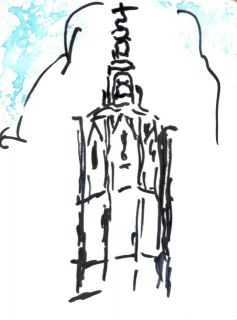 |
||
© Advances in Acoustics and Vibration Volume 2012 (2012) © Campaners de la Catedral de València (2024) campaners@hotmail.com Updating: 25-04-2024 |
||
Church bell ringing as practised in the UK involves large-amplitude motions of both bell and clapper. A simulation model is developed and validated against experimental measurements. It is shown that the clapper does not hit the bell with a single impact but a long series of bounces, and this has important consequences for the decay profile of the bell vibration. Information relevant to bell-ringers and bell-hangers is collected in a series of design charts derived from the simulation model. These charts can assist in the diagnosis and correction of faults. Arising from the analysis of the bouncing clapper, a more general result is also presented relating to the frequency bandwidth when any structure is excited by a small bouncing impactor, for example an impulse hammer used in vibration testing.
HALL; KING; MCCLEHAHAN; RENE; SMITH; WOODHOUSE
Advances in Acoustics and Vibration Volume 2012 (30-11-2012)
 |
||
© Advances in Acoustics and Vibration Volume 2012 (2012) © Campaners de la Catedral de València (2024) campaners@hotmail.com Updating: 25-04-2024 |
||